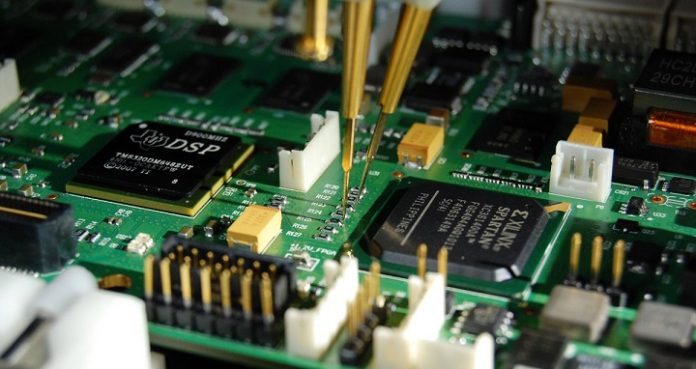Indian electronics companies should come together with major suppliers of components in the country to curb the crisis that they are facing in the supply chain, a senior government official said. Several technology companies, including electronics, mobile devices and automobiles, could not meet their production target due to a shortage in electronic chips.
Advanced technology nations have earmarked huge funds to ramp up semiconductor supplies in their country.
South Korea has announced a mega-investment of $451 billion over the next 10 years to boost the semiconductor ecosystem. India is also exploring ways to attract electronic chipmakers but it has not announced its plan.
“Ambition is very high. We know that there are supply chain constraints. It’s all the more important that we all sit together, not just as individual companies, and share our list of common suppliers who are there in the global supply chain.
“Whom are we dependent on? List out the most prominent ones and get them here,” Electronics and IT secretary Ajay Sawhney said Thursday at a CII event.
He said that if organisations like CII and electronic companies start persuading some of the key supply chain players then they can come to India at least by 2023-24.
“We do recognise that a global supply chain means we will never be self-sufficient but let us balance what comes in and what goes out? Then, you can sit across the same table and have a talk as peers.
“If there is a supply chain constraint from that side then there can be supply constraint from this side. Let’s grow up and make our presence felt as an ecosystem,” Sawhney said.
He added that demand for electronics is picking up in several segments, including medical electronics, consumer electronics, defence and solar panels, with cars joining the electronics segment as a new player.
“Cars have suddenly realised that they are not steeling on wheels. They are electronic on wheels. This big thing has just joined the segment,” Sawhney said.
He said that the government is working on certain initiatives to address industry issues and some direction is expected to be visible in the next three months.








